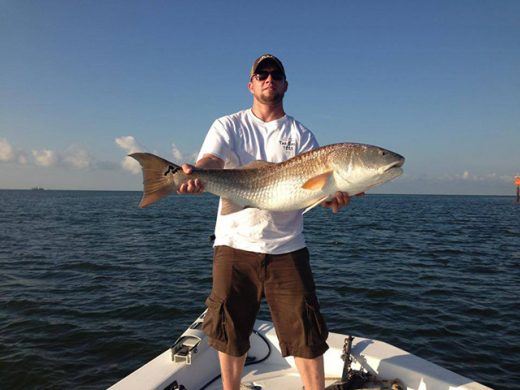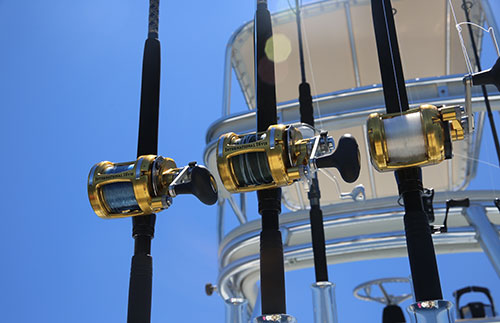Tuning Your Fish Finder Like A Pro
Your fish finder is a great tool. Over the years they have evolved from a screen that gave you the depth under your and a group of blobs that may or may not indicate fish under the boat. Today, the fish finders are can provide a clear picture of what’s below, like structure that may house fish or bait fish. They can many times help you identify the species by spotting features like the fish’s air bladder and where it’s located.
As great as technology has become when it comes to fish finders, not having them installed and set properly can result is your current fish finder being no more useful than those of the past. Tuning your fish finder is imperative to the best operation and results possible. Follow these easy tips and you may be surprised what you can do.
Start by throttling up to cruise speed (20-30 mph). Make sure your screen is clutter free and marking the bottom. If not, this may be an issue with angle of your transducer or debris that may have accumulated on it. Also make sure that the transducer is located away from thru hull fittings and trim tabs that can create water disturbance and cavitation that will disrupt the fish finder’s readings. The angle of the transducer can also be a factor. You need to make sure the transducer’s rear end is squatted and the front is located below the bottom of the boat. Look for any other problems that could create water turbulence that can disrupt the signal. Also make sure to paint your transducer with a bottom paint that is made for transducers rather than the thicker bottom paint for hulls. You should also take a few minutes to take a brush to clean off the transducer every could of trips. Even if you keep your boat in the water you can bend over the transom (carefully and while the boat is still and the engine off) and reach the transducer to clean it.
from thru hull fittings and trim tabs that can create water disturbance and cavitation that will disrupt the fish finder’s readings. The angle of the transducer can also be a factor. You need to make sure the transducer’s rear end is squatted and the front is located below the bottom of the boat. Look for any other problems that could create water turbulence that can disrupt the signal. Also make sure to paint your transducer with a bottom paint that is made for transducers rather than the thicker bottom paint for hulls. You should also take a few minutes to take a brush to clean off the transducer every could of trips. Even if you keep your boat in the water you can bend over the transom (carefully and while the boat is still and the engine off) and reach the transducer to clean it.
When running 2 different fish finders as many anglers do, make sure to run them on different kilohertz settings. If no the units will interfere with each other. Running multiple units has a number of benefits. It can expand your view and show a larger portion of the bottom. Another benefit is that it allows you to focus on the bottom for structure and look suspended bait fish or your target species.
The next step is to adjust your gain upward without causing interference or the screen to fuzz over. This will allow you to run faster and still read the bottom effectively. This will also assist you when determining the type of bottom your over. You can Identify a soft bottom by read on the unit as a thin line with structure and hard bottoms reading as a thicker line.
Once you’ve located an active with a hard bottom and bait fish, it’s time fish. Don’t think you have to stay over a structure to catch fish. Many times there will be plenty of fish also in the areas near the structure. So gradually move around. You may be surprised. Also, be ready to mark a potential “hot spot” that you mark while heading to your target spot. No matter how many times you may go out the inlet, your liable to find new spots. With a finely tuned fish finder the sky is the limit.







